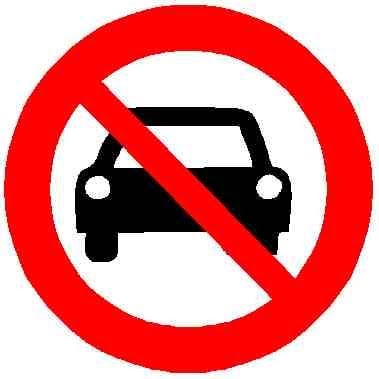Where is this the case? Unimaginable here in Canada.
- 0 Posts
- 21 Comments
Yeah that topology is probably better described as burrito

 9·7 months ago
9·7 months agoRead the source more carefully
Tesla drivers have the highest accident rate. From Nov. 14, 2022, through Nov. 14, 2023, Tesla drivers had 23.54 accidents per 1,000 drivers. Ram (22.76)
Accidents only. Worst driver counts DUIs a d fines as well.
Saying maths is absolutely out of place here. Also taxes here aren’t nearly as complicated as the US and there are a number of free tools available to file by yourself.
In a word, yes. Subsides to the tune of 100s of billions of dollars a year across the USA.
Connect is a great android app where you can block instances. Though I agree this should be a site wide feature.

 10·10 months ago
10·10 months agoTIL a 1.5 hour drive away from Toronto is “just West of Toronto”.

 293·10 months ago
293·10 months agoA free market requires stringent regulation to function humanely and morally. The two are at odds with each other. My final sentence is a critique of neoliberalism, an ideology in which regulation is reduced and power is given to corporate entities and away from regulators. It’s been impossible to escape in politics since Thatcher and Reagan, and leads to some of the worst aspects of today’s society that we havr to suffer. One of which is the poor people who bought a car assuming it’d be safe, just to find that the companies saved a quick buck to their loss. I hope the people win these lawsuits, but I doubt the justice system has the teeth (or willingness) to prosecute this negligence as it should be.

 511·10 months ago
511·10 months agoNo, but it is the result of deregulation. Similar models sold in Canada don’t have this issue because (drumroll please), federal regulations require immobilizers on new cars. Free market at work folks.
I’m not sure if you’re joking, but in case you’re not, the bidet sprays clean water from the wall, not dirty water from the bowl.

 11·11 months ago
11·11 months agoNorway - r = ?

 17·11 months ago
17·11 months agoWhat they’ve done is reprehensible but this is simply misinformation, that livestream has been up for weeks.
It’s the instance owner. Another reason to use instances other than world and ml.
Subscribe
And this is the second biggest shopping season of the year, only beat by Christmas.

 14·11 months ago
14·11 months agoEinstein’s most famous equation relates mass and energy: E=mc^2 . So, if you’re not matter (mass), you’re energy. Which, by the way, is how we make energy in fusion reactions, converting mass to energy.
That’s the main joke, yes. There’s also a subjoke that’s a (relatively) obscure internet meme: Loss

 5·11 months ago
5·11 months agoUhh, something tells me hair clippers are not pulling 160+W. It’s a small DC motor that vibrates some clippers, not an electric scooter.



The answer to why is billions of dollars of subsidies to the animal meat industry.